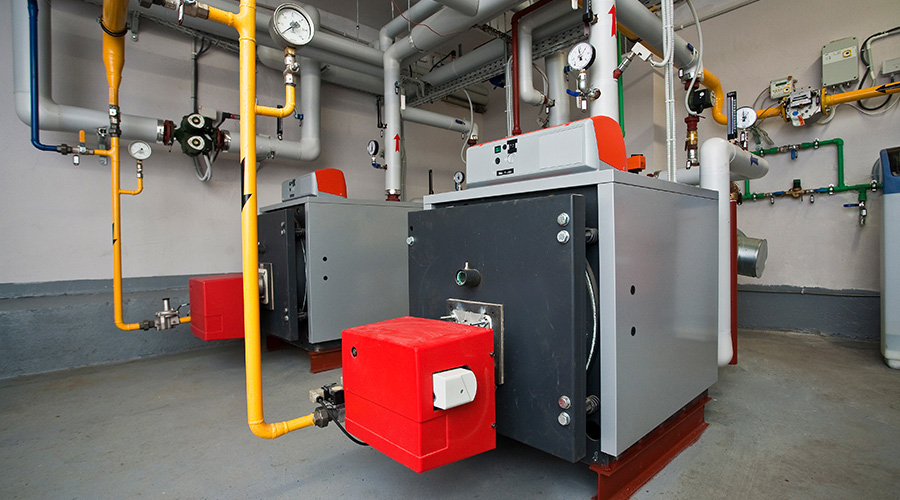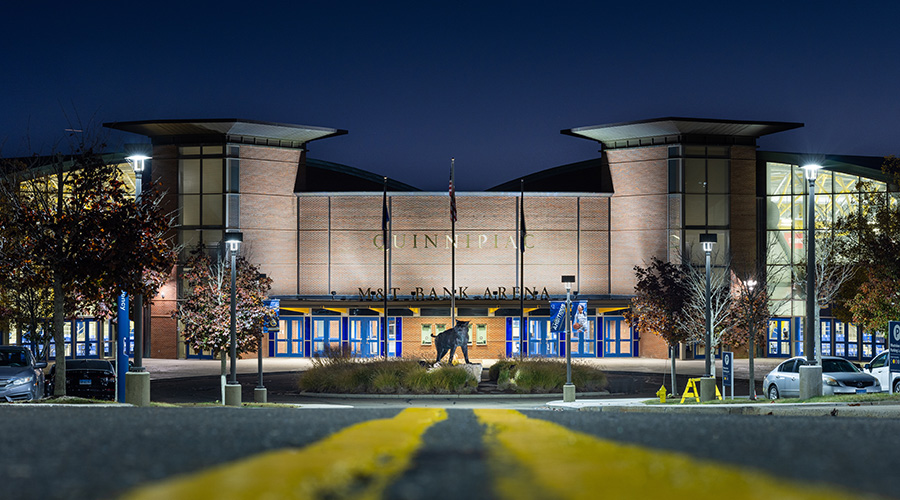Chilled Water And Condenser Loop Control Offer Energy Efficiency Opportunities
Other priorities for efficient plant operation involve proper control of the chilled water pumps and the bypass control valve, as well as of the condenser loop.
The chilled water pumps, through their variable frequency drives and control system, maintain a specific pressure set point in the chilled water piping. They are also responsible for pumping water through the chillers. To maintain minimum chilled water flow to the chillers, the system requires a chilled water bypass control valve. This valve bypasses supply chilled water to the return so that the chiller consistently has a minimum amount of flow through its evaporator, making it an important control element in the variable primary chiller plant.
One of the most cost-effective methods of operating the chilled water pumps involves efficient control sequencing. For example, instead of running one 100 horsepower pump at 100 percent speed to maintain the required flow, it is much more efficient to run two 100 horsepower pumps at 50 percent speed for each pump. According to the pump affinity laws, the 100 horsepower pump operating at 100 percent consumes around 75 to 80 kW in power. Two 100 horsepower pumps operating at 50 percent consume a much lower energy consumption (total around 18 to 22 KW). When the pumps are controlled at half speed, they run at one eighth of their power, which creates greater efficiency overall. The pumps are controlled to provide the exact amount of chilled water flow. They must do this while balancing the control of the system delta-T and maintaining minimum system head to produce adequate flow throughout the buildings.
The condenser loop also plays a critical role when controlling the chillers, although somewhat less prominent than the chiller and chilled water control. Most plants operate their condenser water temperature at a fixed temperature set point, adopting a “set it and forget it” approach. However, additional energy savings can be realized through specific control strategies on the condenser side of the chiller. With newer chillers, it is possible to provide colder condenser water to the condenser barrel, which benefits chiller operation due to lower power consumption. Note that care must be taken when deploying this strategy. An important first step is to verify that the chiller is capable of handling lower condenser temperatures. Also, in instances where the speed of the condenser pumps is varied, it is imperative to ensure the cooling towers are getting enough flow to keep the media wet at all times.
Another area of potential savings involves proper control sequencing of the cooling tower fan motors. Similar to controlling chilled water pumps, additional energy savings can be realized by controlling two cooling towers at 50 percent speed (through their fan VFD), instead of one tower at 100 percent speed.
Related Topics:













